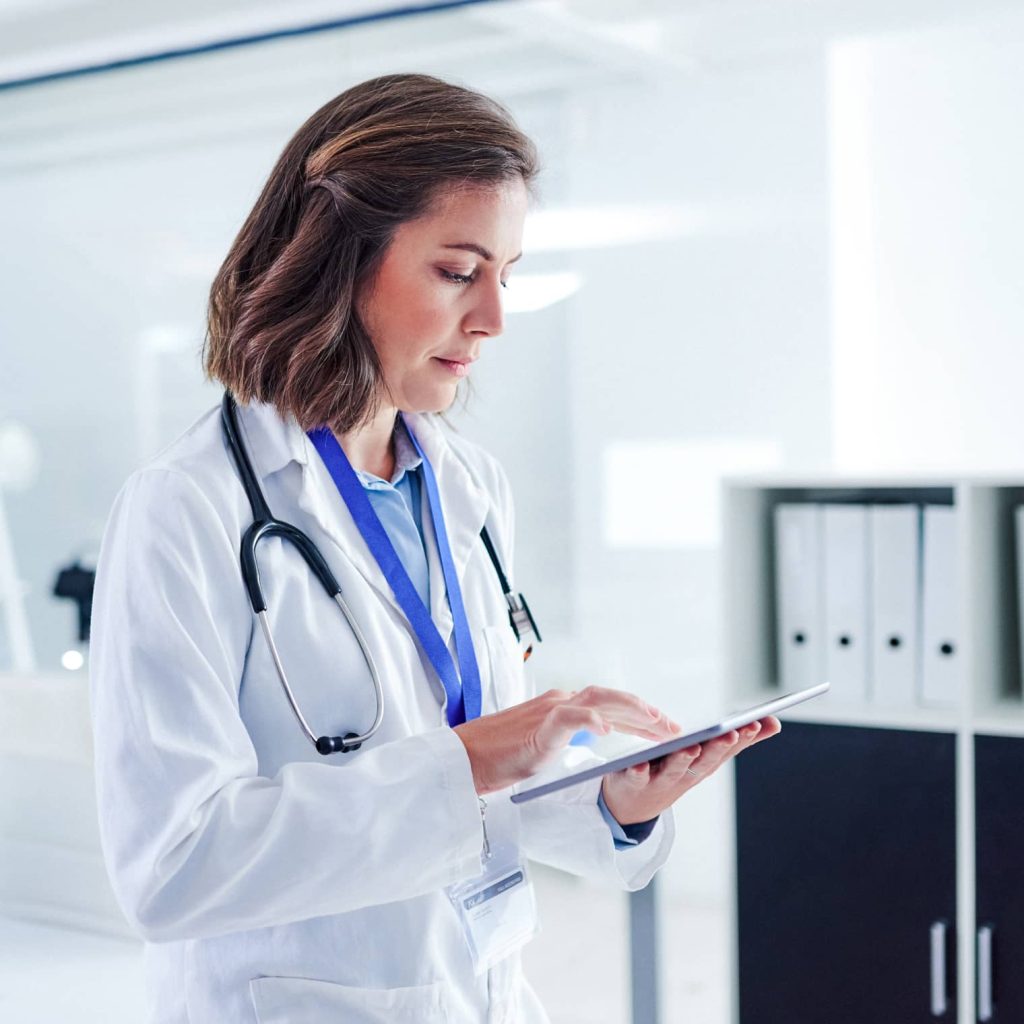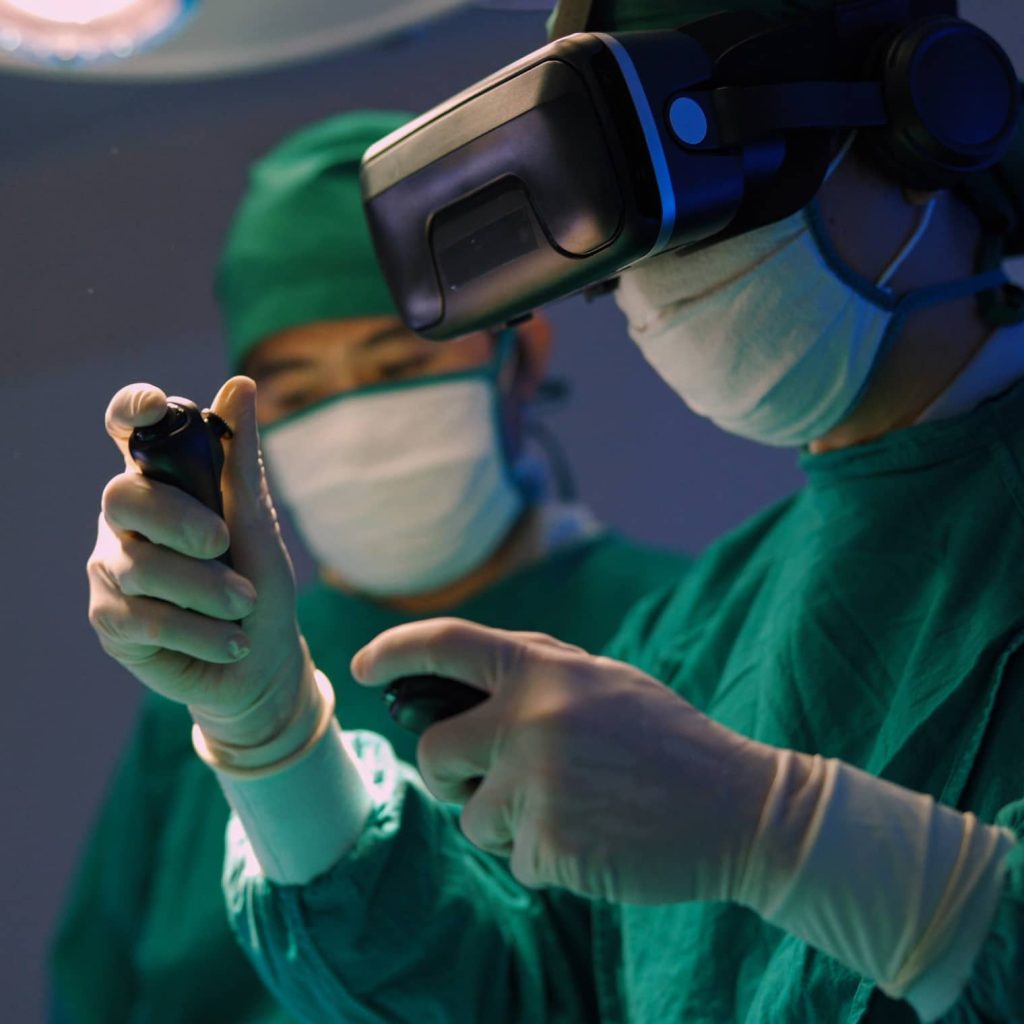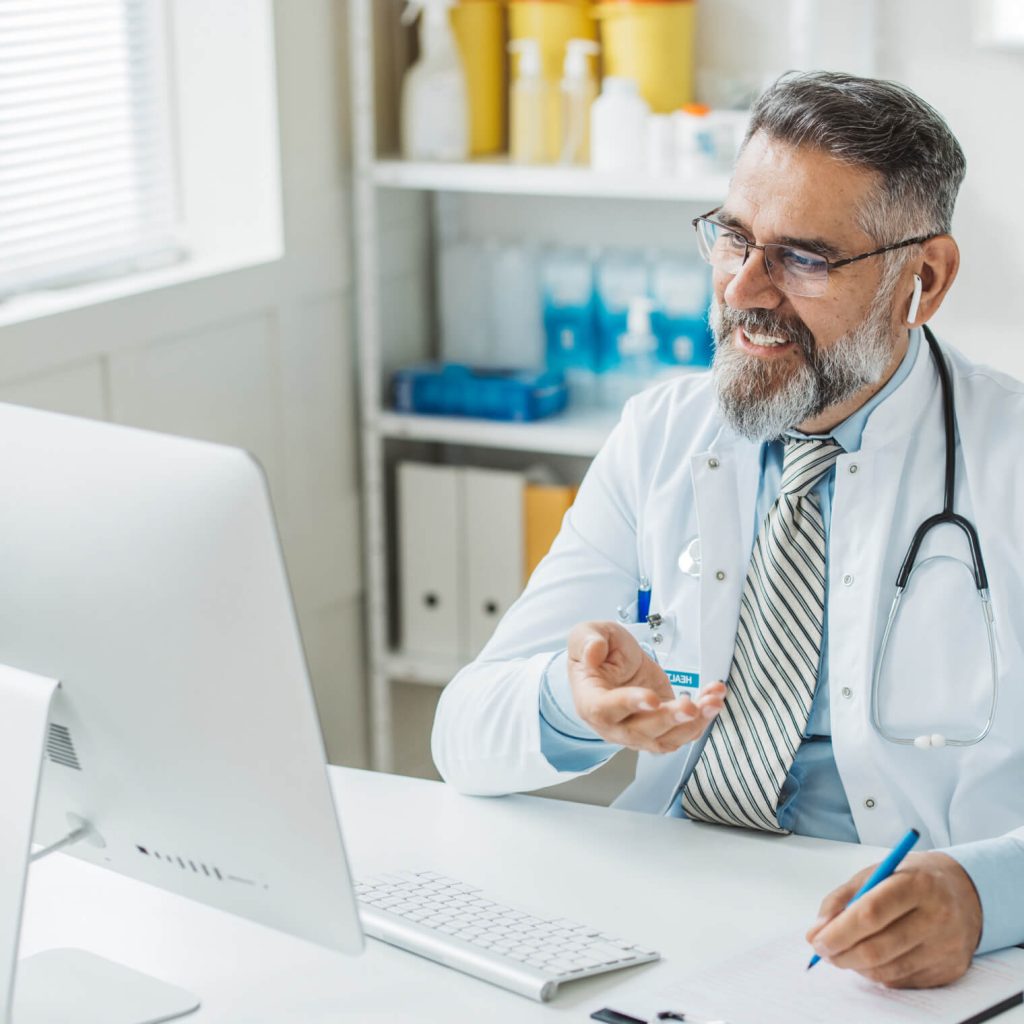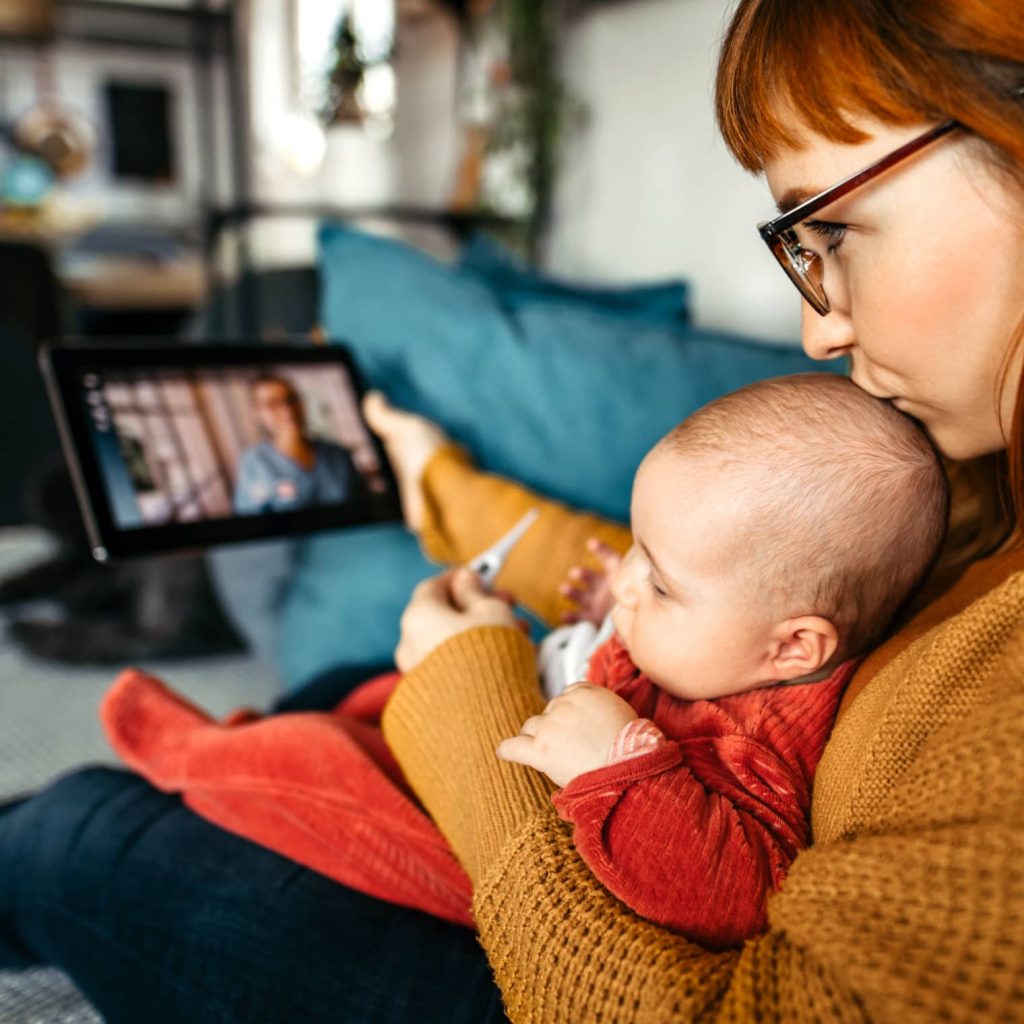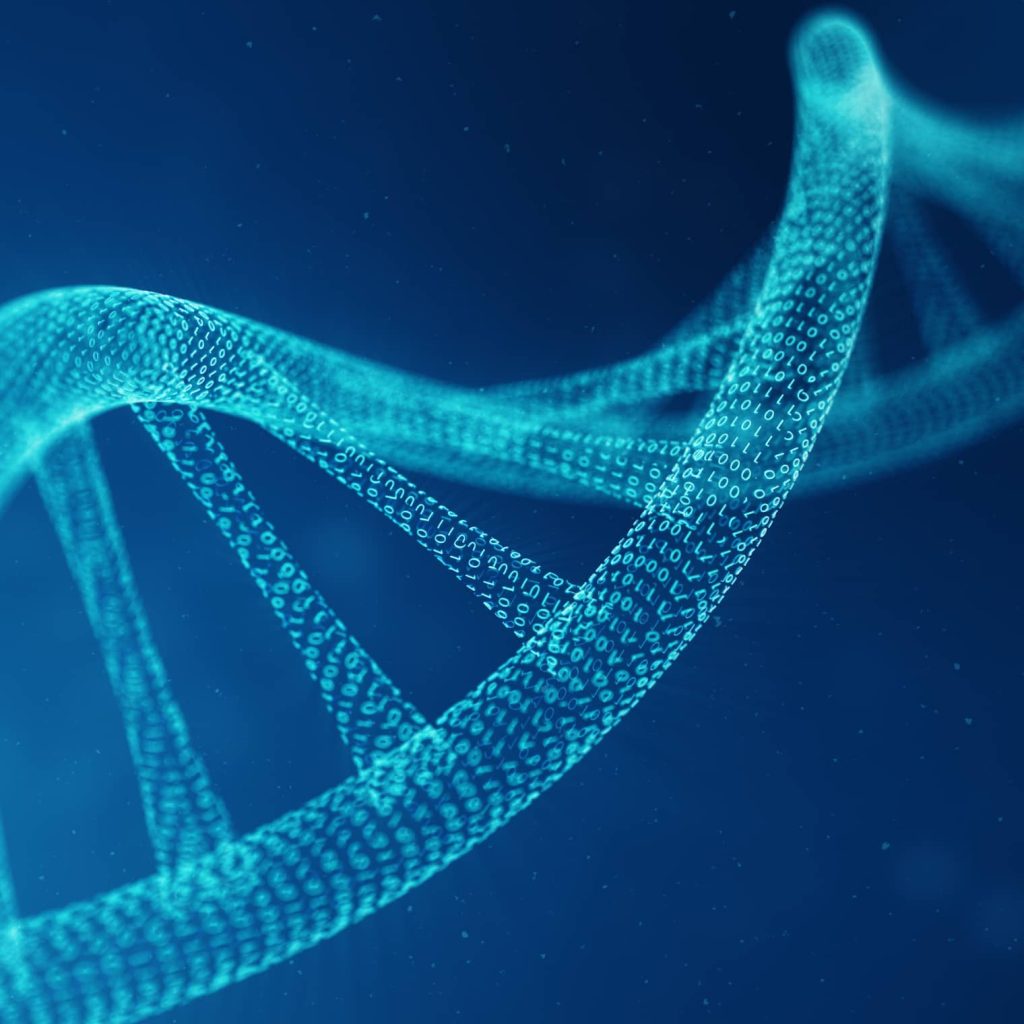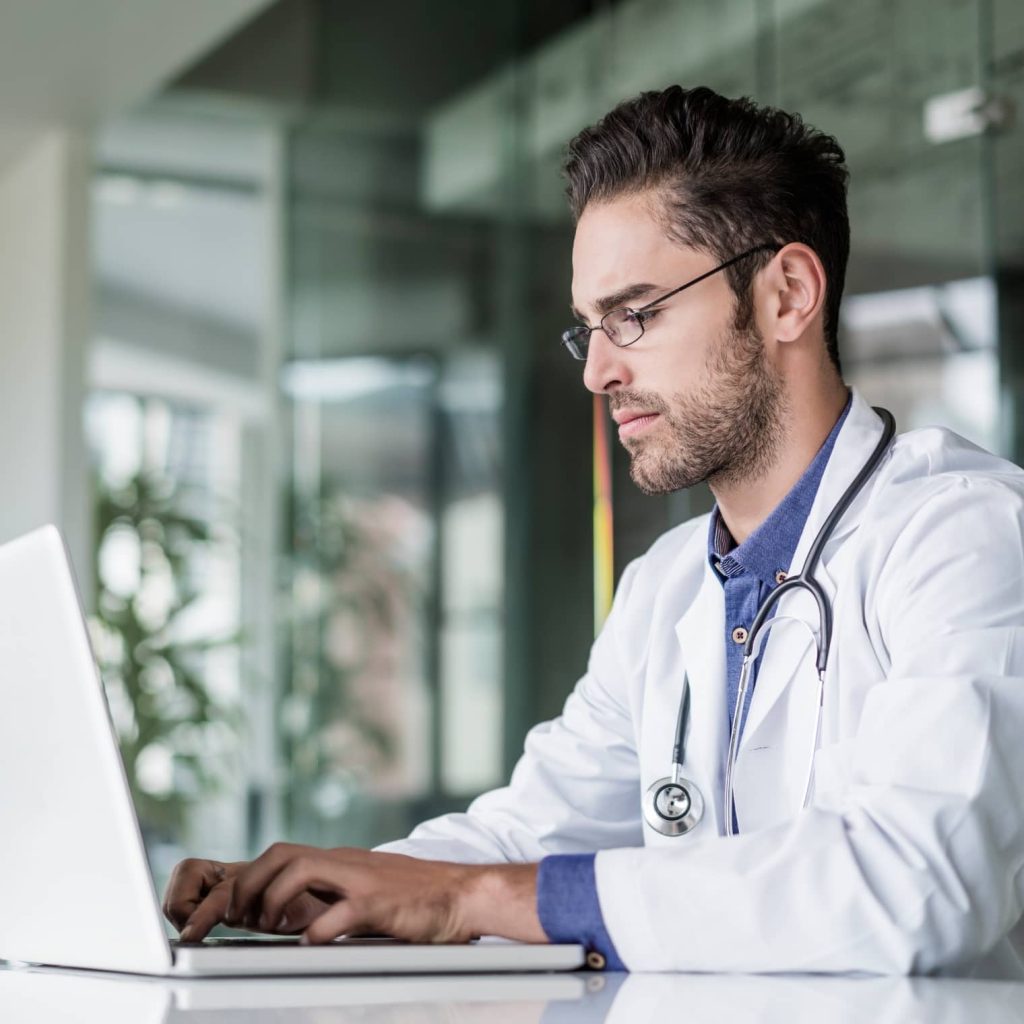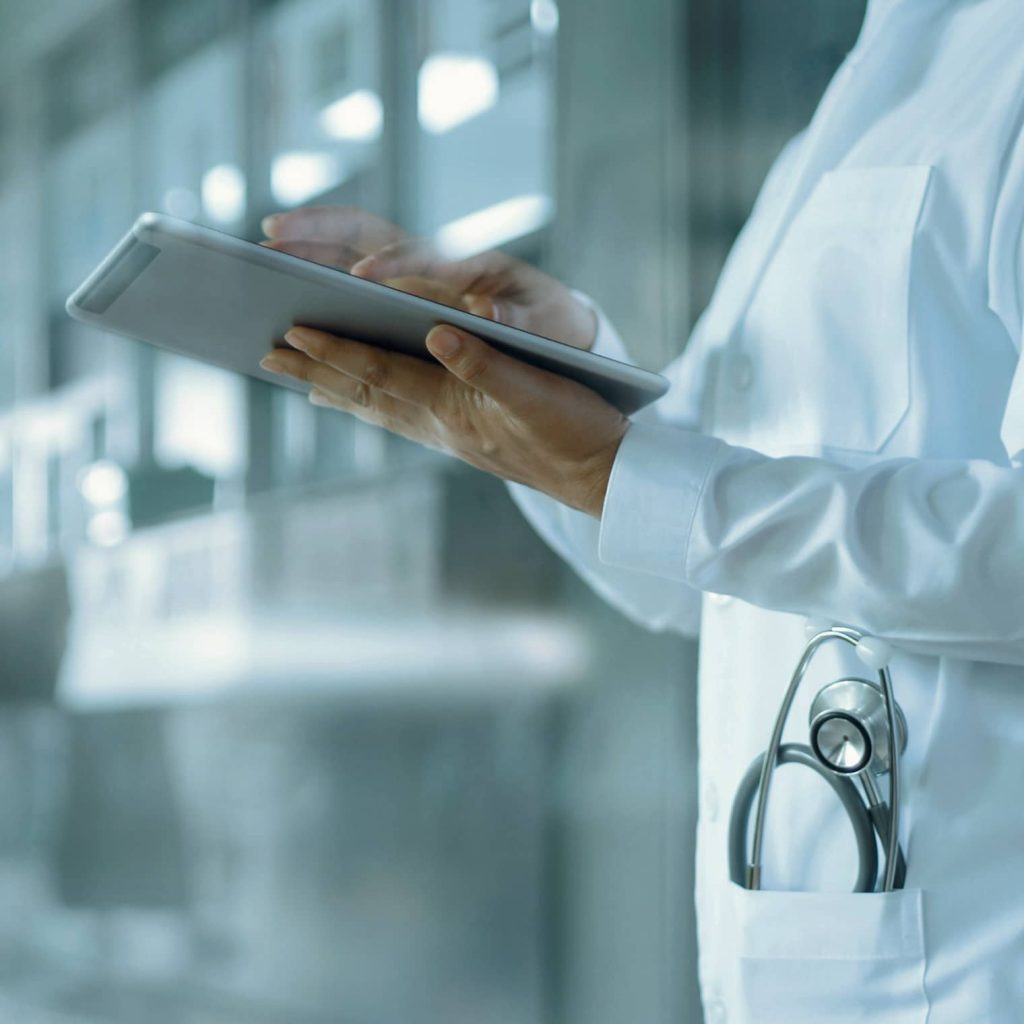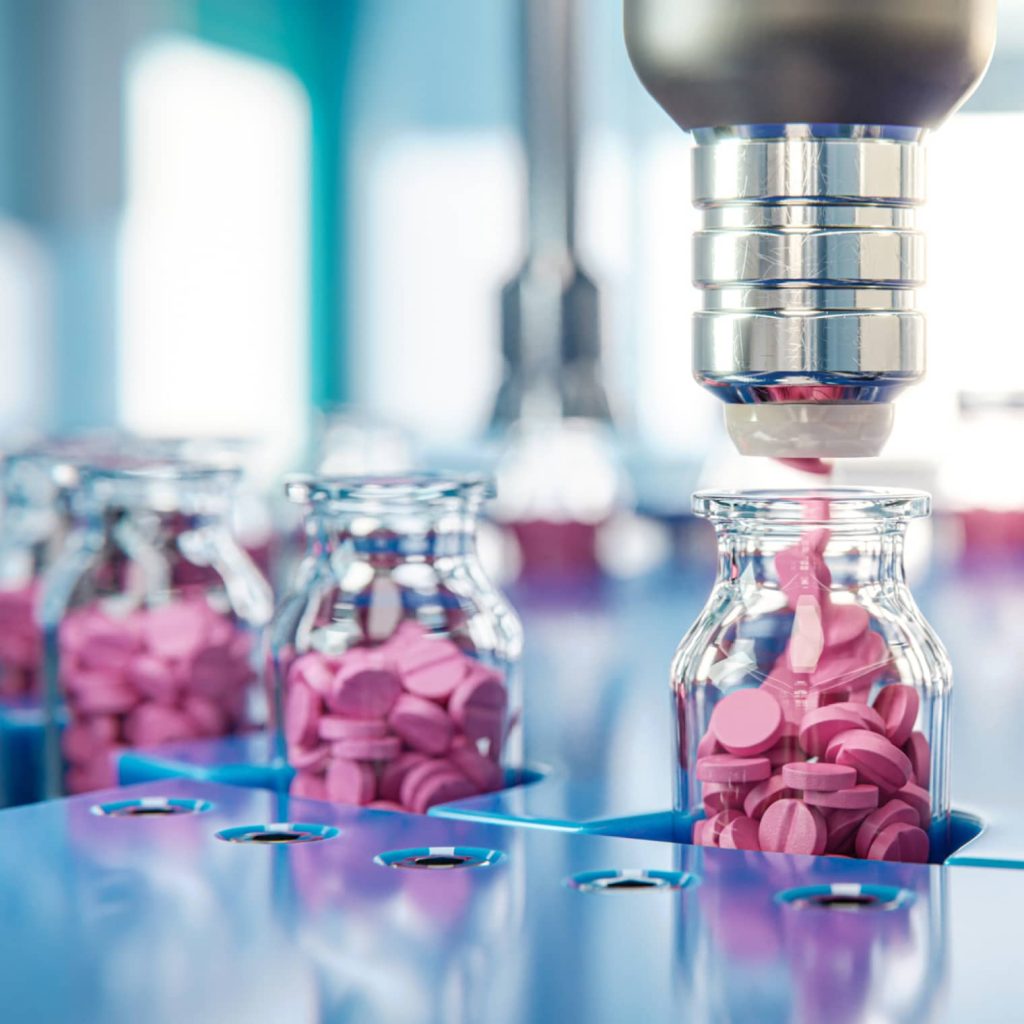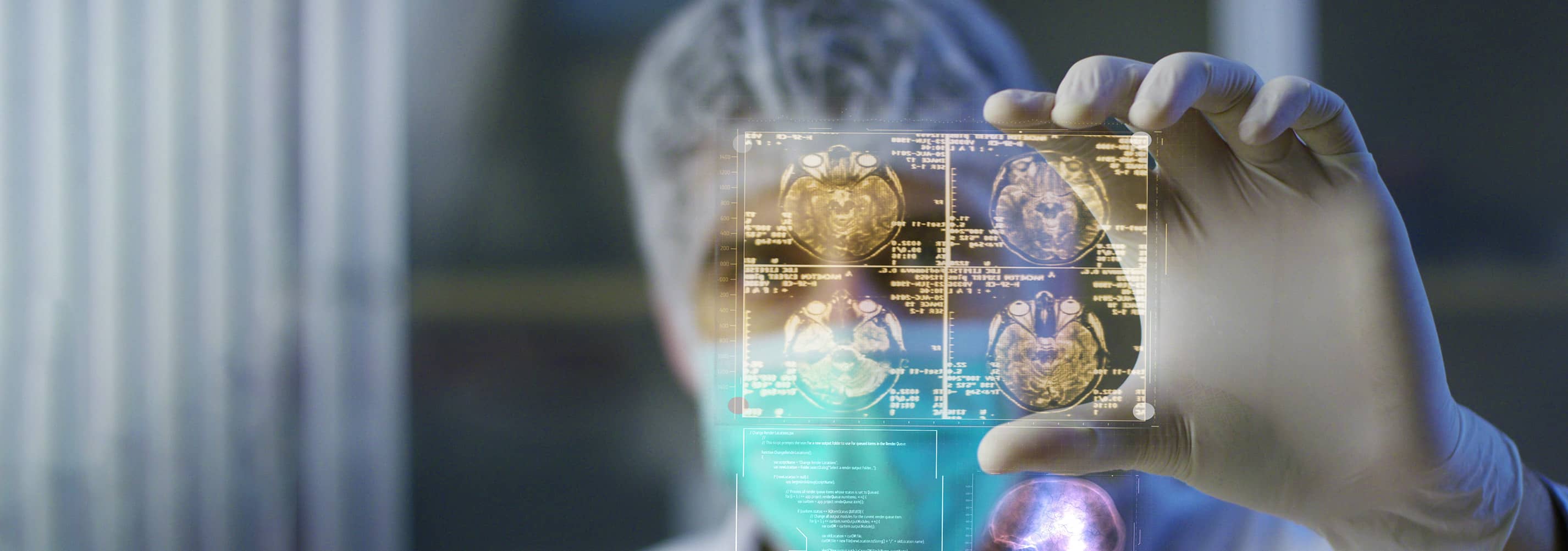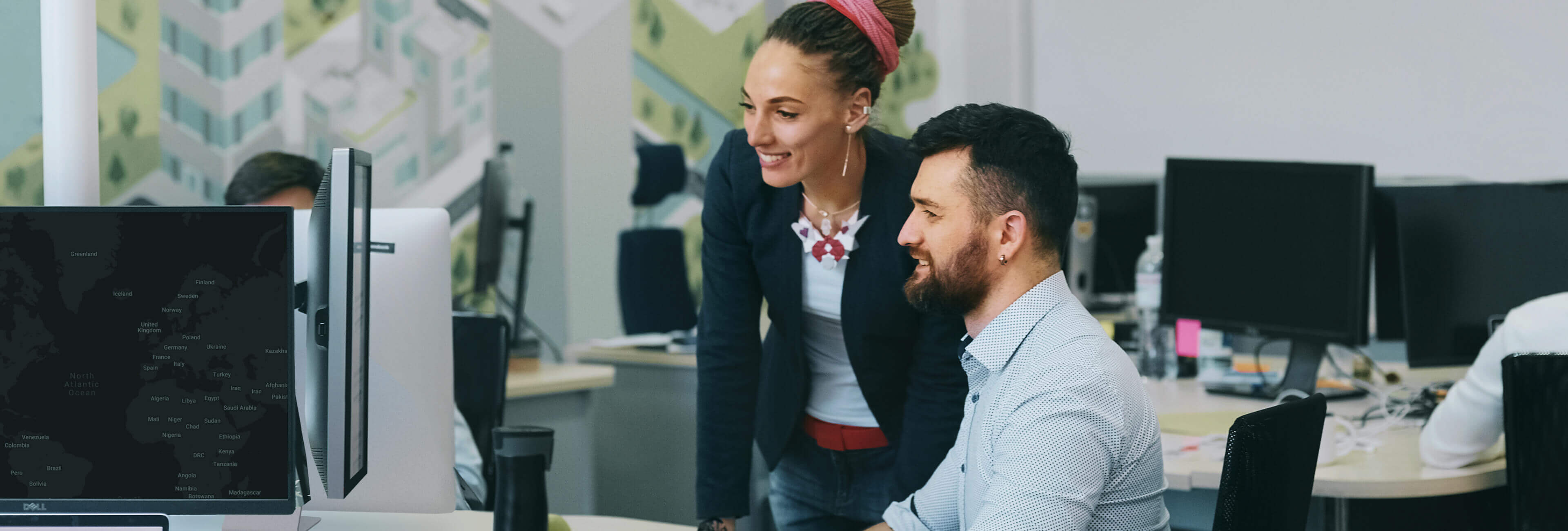The Internet of Medical Things (IoMT) presents an opportunity to evolve the healthcare format to better serve patients while reducing burdens, streamlining efficiencies and lowering costs behind the scenes. In fact, Goldman Sachs predicts that IoMT could cut healthcare costs by around $300 billion annually.
Covid-19 has expedited the delivery of remote patient care, since social distancing and self-isolation have made the traditional doctor’s office a no-go zone for many. Over the coming years we will see a much bigger shift toward remote healthcare, spurred on by the innovations that have come into play over these past 12 months.
What is the IoMT?
The global IoMT market is expected to grow to US$ 142 billion by 2026, from US$ 18.7 billion in 2018 — a CAGR of 28.9% — with smart wearables accounting for roughly 27 percent of the market share. Currently, the IoMT network stands at around 50 billion devices. But what exactly is the IoMT?
HealthTech magazine defines the term as “a connected infrastructure of medical devices and sensors, software applications, and health systems and services”. These devices, apps and services link to cloud platforms which capture and analyse vast amounts of patient data.
One of the best-known IoMT technologies is wearables, which are already becoming part of day-to-day life for many consumers in the form of fitness-tracking devices. These will come to play a much bigger role in people’s lives, alongside the wider introduction of remote monitoring technologies.
The IoMT and on-demand healthcare
Deloitte’s 2021 Global Health Care Outlook report cites changing consumer attitudes as the driving force behind IoT software development within the healthcare sector. Three of the biggest shifts are:
- A move from bodily disease treatment to a holistic approach which encompasses patients’ bodies, minds and general wellbeing.
- Desire for on-demand healthcare facilitated in consumers’ homes, at a time that’s convenient for the individual. This includes virtual appointments, doorstep prescription delivery, RPM and diagnostics, and a raft of self-service apps that enable and support consumer self-care.
- Investment in processes, internal structures and technologies which considers new models that take a patient-centric and cost-effective approach.
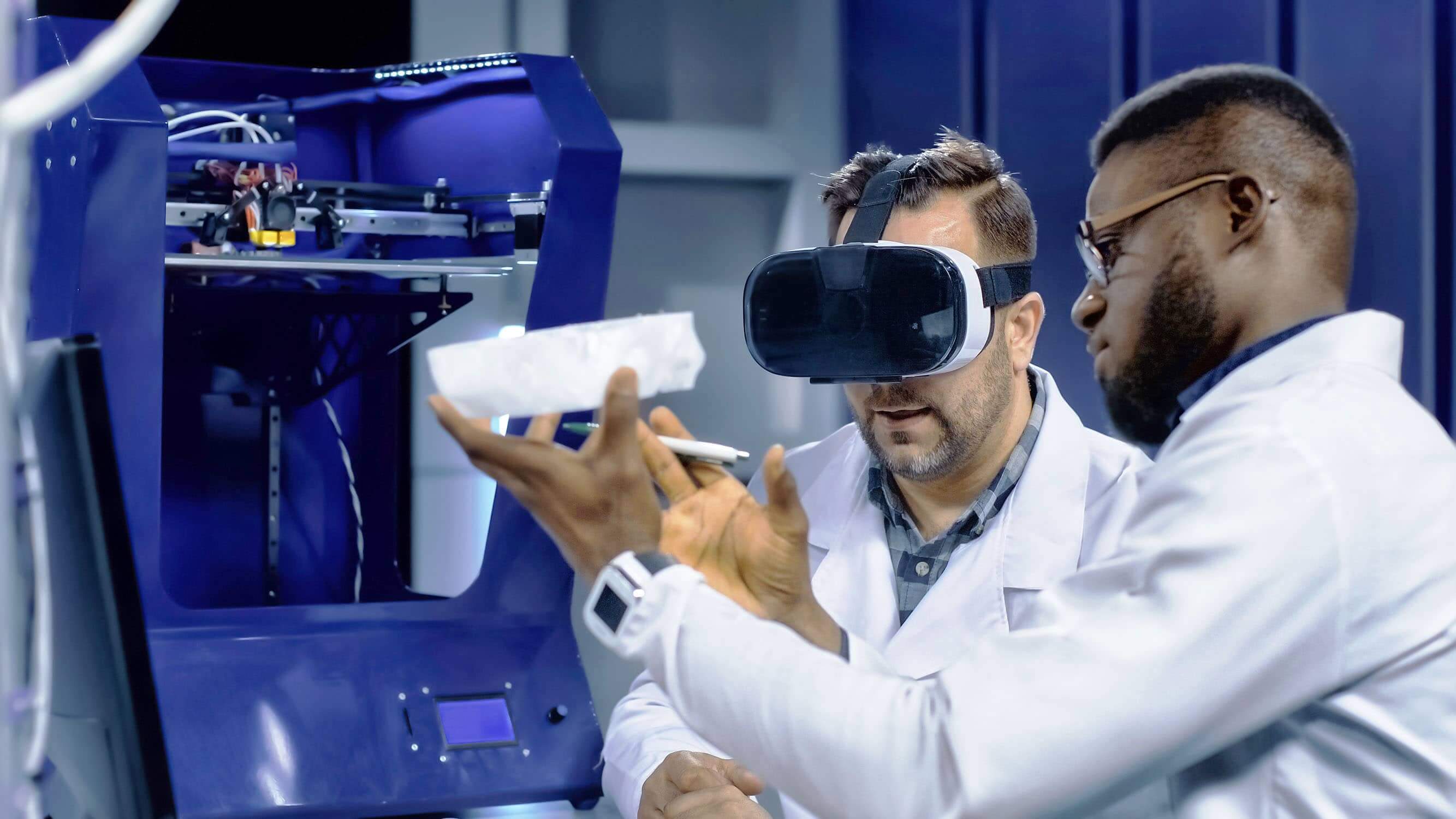
Key IoMT technologies
- RPM devices – typically situated in the homes of patients on long-term care protocols, allowing practitioners to manage chronic diseases.
- Personal emergency response systems (PERS) – wearable devices that empower the wearer to call for emergency assistance; for example, a senior suffering from chest pain or an injury sustained through a fall.
- Consumer-grade wearables – this includes fitness and health-monitoring devices like Fitbits, activity trackers, and smart watches.
- Medical-grade wearables – clinical-level devices which are industry regulated and used by a trained professional. This includes pain management devices.
- Kiosks and point-of-care devices – these are mobile devices, including things like ultrasound machines, that gather diagnostic and health data without the need for a laboratory. These can be field-based or in-clinic.
- In-clinic monitors – remotely-managed point-of-care devices which don’t require a professional to be present for their use.
- In-hospital devices – this covers a swathe of devices which can monitor things like assets, inventory, resources and patient flow.
- Smart pills – microscopic sensor technology implanted in a pill, which reacts with the stomach acid of the swallower and begins transmitting vital health data to clinicians.
Six key benefits of IoMT
1. Early intervention
In 2017, the American Journal of Preventive Medicine noted that patients with chronic conditions such as diabetes, heart disease and dementia accounted for around 86% of care spending.
With connected medical devices and sensors that enable remote patient monitoring, key indicators of a downturn in health can be picked up early — allowing doctors to manage treatment before patients require hospitalisation.
2. More accurate diagnoses
Devices that can continually track vital health statistics in a way that isn’t possible during a single visit to the surgery are a powerful tool for healthcare practitioners. By capturing things like heart rate, blood pressure and blood sugar readings over the course of several weeks, for example, data analysis can allow doctors to more easily diagnose conditions and prescribe the most effective treatment plan.
3. Better treatments
“Smart pills” containing nanosensors that are activated when swallowed are being used as an effective aid for measuring both internal vitals — such as core temperature — and drug efficiency. In 2019, The Scientist published a feature on the use of smart pills in monitoring the effectiveness of cancer patients’ therapy, whereby clinicians were able to spot when patients missed a dose of an oral chemotherapy drug — or failed to take it properly. This allowed the practitioners to step in and realign the treatment plan before there were any major repercussions.
This micro-sensor technology has also been used to the same effect with psychiatric patients, to ensure the safe and continuous self-medication of antipsychotic drugs.
4. Significant cost reductions
By enabling remote appointments and treatments, IoMT can help patients avoid in-person visits which are costly for healthcare institutions to facilitate. Remote video monitoring can allow practitioners to monitor patients after discharge, remind them to take medication at regular intervals and spot red flags for readmission. Furthermore, the rapid transmission of patient data to healthcare teams allows for swifter diagnosis and treatment, which ultimately costs far less than drawn-out cases.
5. Reducing the burden on healthcare systems
Remote patient management via IoMT devices and sensors can reduce the need for clinical visits and hospitalisation, which could save the global healthcare sector US$ 300 billion each year. But IoMT’s ability to free-up space and resources is equally as compelling. One year-long study of cardiovascular patients in Pennsylvania recorded a one-third drop in hospital admissions through the use of RPM technologies.
6. Better availability of care
Perhaps one of the most promising aspects of IoMT is its ability to bring healthcare to those who are isolated due to their geographical location, or cannot access care services due to a disability or ailment which prevents them from travelling. The combination of health-tracking wearables, AI and machine learning, and video-based appointments are, for the first time, allowing clinicians to deliver quality care outside of the surgery or hospital environment. Furthermore, care can be provided on-demand, at a time that’s convenient for the patient.
Challenges of IoMT
Like all emerging technologies, IoMT isn’t without its initial challenges — the biggest of which are concerns around data security and interoperability. With the increasing amount of — and access to — patient data, healthcare institutions must consider not only what data is essential, how to analyse it and what actions need to be taken but also how to protect it. This is especially critical in terms of HIPAA regulations, to which many of these new and innovative technologies are not yet fully compliant.
For those forward-thinking healthcare organisations looking at ways to embrace the IoMt trend, an expert help may be key to successful adoption. Consider partnering with an experienced software vendor to build up a smart development team skilled to deliver all your software requirements and needs.
Want to be a part of the healthcare revolution? Contact ELEKS today for industry-leading digital transformation advice.
Related Insights




